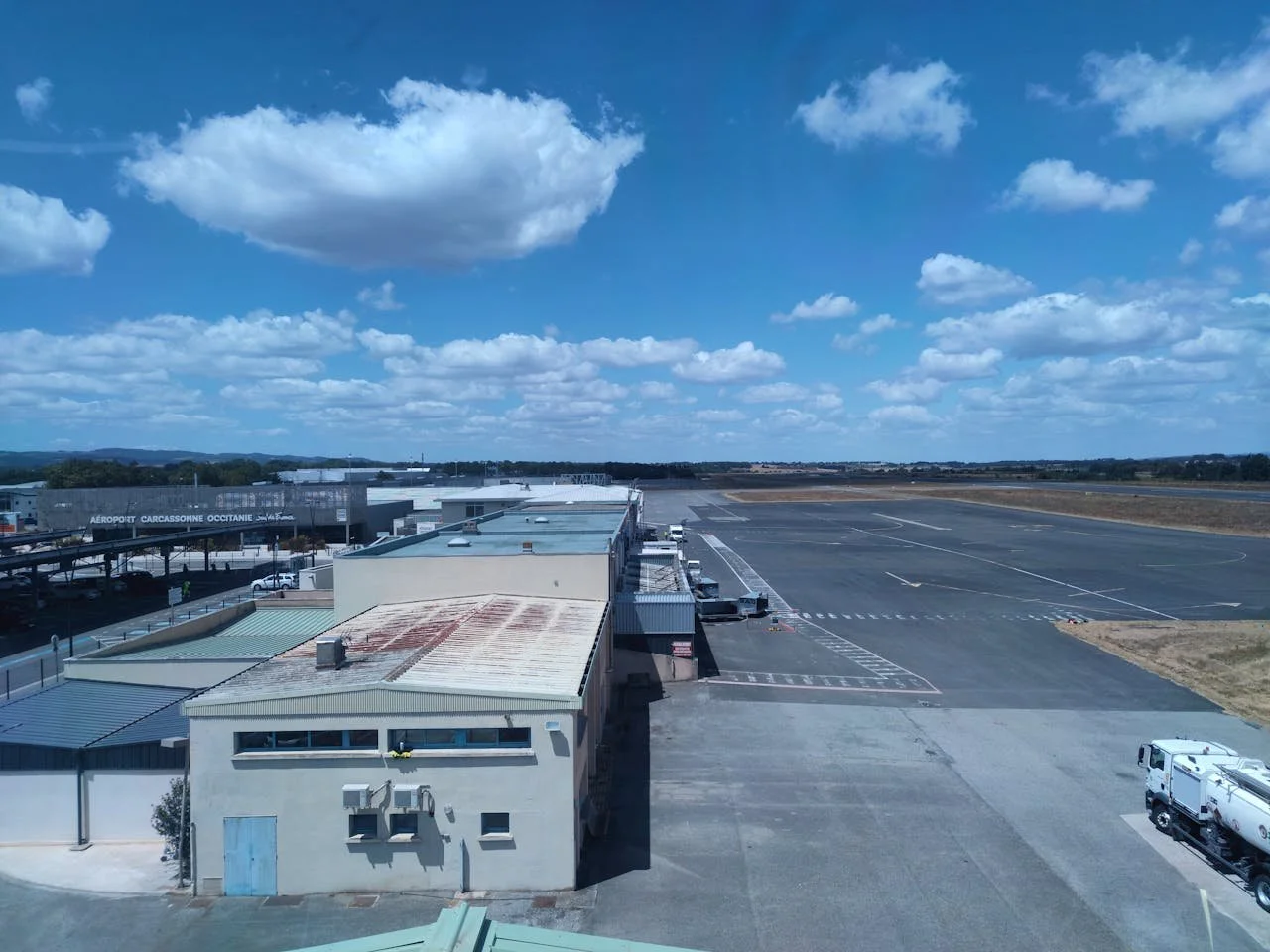U.S. eVTOL pioneers warn against parochial approach
by Daniel Fink, MD, Chair, The Quiet Coalition
Photo credit: Loïc D-Goth
The AIN website reported on a recent roundtable discussion about electric vertical takeoff and landing aircraft at The Paris Air Show. The article states that “American air mobility pioneers are poised to lead the world in launching commercial eVTOL air services, but only if they embrace opportunities to work across borders rather than taking a parochial approach.” I assume AIN’s managing editor Charles Alcock is using parochial to mean limited or narrow in scope, and not referring to churches or religious schools.
Three manufacturers are planning operational trials in Scotland, the Nordic countries, Southeast Asia, Africa, Asia and the Middle East. One executive stated that eVTOL operators “will want to target up to 10 flights per aircraft each day to exploit the efficiency of electric propulsion.”
That may be efficient. Hundreds of flights per day from many vertiports using multiple eVTOL aircraft may work in less populated areas, but will pose larger issues in urban areas like Los Angeles and New York City. These electric aircraft are quieter than helicopters, but they are not silent. As I have written before, I worry about both battery issues and mechanical issues in eVTOL aircraft. The Marine’s VTOL aircraft have been grounded several times because of fatal crashes apparently caused by mechanical or operational issues as recently as December 2024.
Proponents of new technology always seem to promise more than they can actually deliver. Another truism is that regulators are almost always caught flat-footed by new technologies, and are always playing catch-up to deal with the problems that inevitably arise. Only time will tell if this is the case for eVTOLs.
A broader social and political issue is whether allowing vertiports and eVTOL operations is wise. According to a 2021 article in FLYING magazine, an air taxi ride will cost anywhere from about $3 per mile (manufacturers’ estimate) to $6-11 per mile as estimated by NASA. I trust NASA’s calculations. Allowing for inflation, the cost of land and aircraft ground and flight crews, I guess that the cost may be as high as $20 per mile. Should the uber-wealthy be allowed to conveniently fly above gridlocked traffic on decaying roads, or should society’s resources be devoted to making urban transportation better for all?
Advanced air mobility operations are planned to begin in Los Angeles next year to serve visitors attending FIFA World Cup events. The same goes in 2028 for the Olympics. I will be on the ground (and not in the air!) to report on what happens here.

